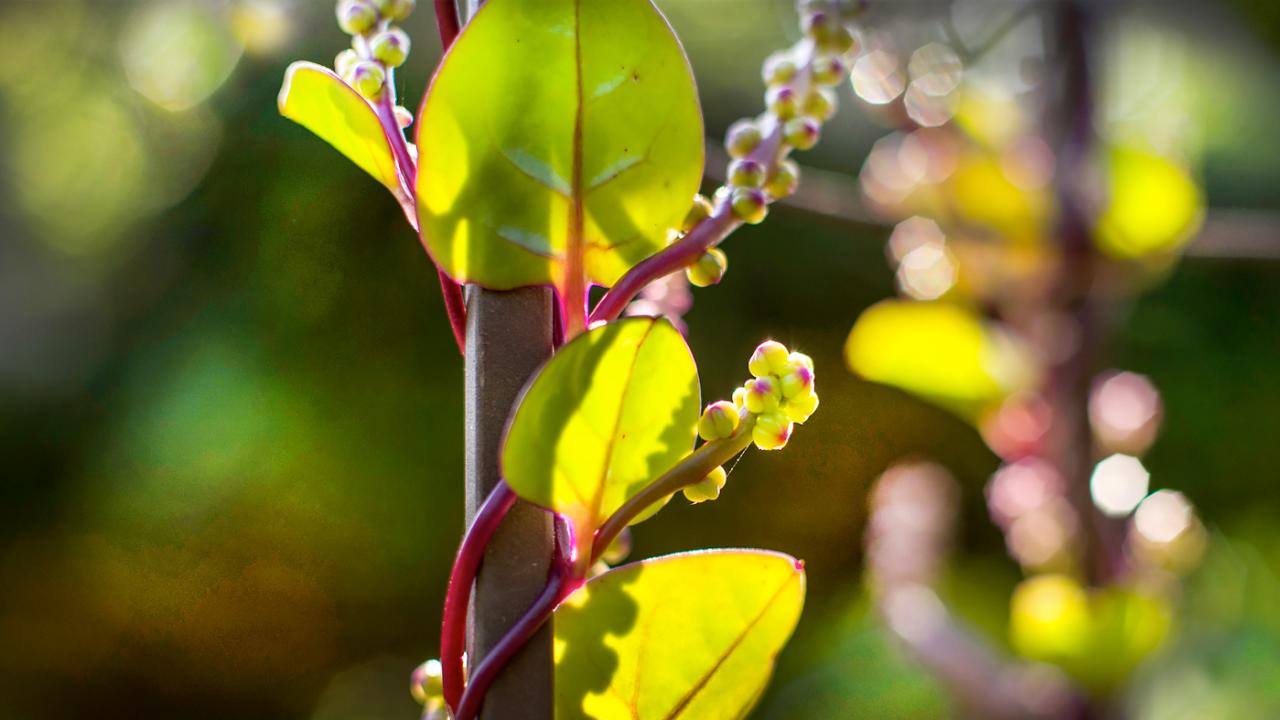

Plants & Gardening
Garden Stories
Propagation: Multiplying Your New Plant Family
There comes a time in every plant parent’s life when you begin to think about expanding your family. Are you ready for more plant children? Should you reassemble the crib? How will your houseplants feel about having siblings… er, clones?
Aside from the internal struggles, enlarging your plant collection by propagation is a relatively easy—and inexpensive—undertaking. It also makes a thoughtful gift over the holidays or as a homegrown housewarming present.
Making more plants out of the ones you already have can happen by sowing seeds, making cuttings, layering, or dividing roots. Taking leaf or stem cuttings is one of the most common propagation methods for houseplants.
Some houseplants, such as pothos or begonia, are better suited to stem cuttings. Others, like jade and African violets, can grow from a leaf cutting. Before propagating your favorite plant, find out which method works best.
Cathy Thomas, the Chicago Botanic Garden’s propagation expert, shared a few tips for creating new plants from stem and leaf cuttings.
1. Cut a piece of your houseplant below a node (where leaf and stem meet)
For most houseplants with stems, use pruning shears to cut a healthy stem just below where the leaf and stem meet (the node). Cut at a 45-degree angle to get the most rooting area. “Remove the lower leaves. Cuttings don’t have the root system to take up water yet, so fewer leaves means less stress on the cutting,” said Thomas. For some succulents and plants, such as African violets or jade, you can don’t need a whole stem—you can just cut off a part of the leaf as your cutting.
2. Dip the cutting in rooting powder or gel
Rooting solution makes roots grow more quickly and uniform, said Thomas. You can find rooting powder or gel at most garden centers.
3. Put the cutting in a mix of potting mix and perlite
Although some cuttings can root in water, Thomas said plants root more easily in potting mix. In a 2- to 3-inch pot, mix one part peat potting mix and one part perlite. “Straight potting mix holds a lot of water. Perlite increases the drainage so your cutting’s roots aren’t soaking wet,” said Thomas.
4. Create a warm, humid environment
Water your cutting, mist the foliage with water, and place it in indirect light. The ideal temperature for cuttings is 75 degrees Fahrenheit—you can create bottom heat with a heating pad. Thomas recommends placing a zip-top bag propped up with sticks over the cutting to create a humid home. Taking a cutting of a succulent? Don’t worry about the humidity dome—they don’t need as much water as other houseplants.
If all goes well, cuttings should take root in a few weeks. How do you know if there are roots? Give your cutting a tug. If you feel resistance, flip it upside down and look for roots. If your cutting has roots, transfer it to a larger pot in normal potting mix.
Among my own plant family, a new cutting has popped up—a pothos, taken from my friend’s plant. The little guy is fitting in nicely, and I’m considering making cuttings of my own for friends over the holidays. More (literally) to come, soon.

